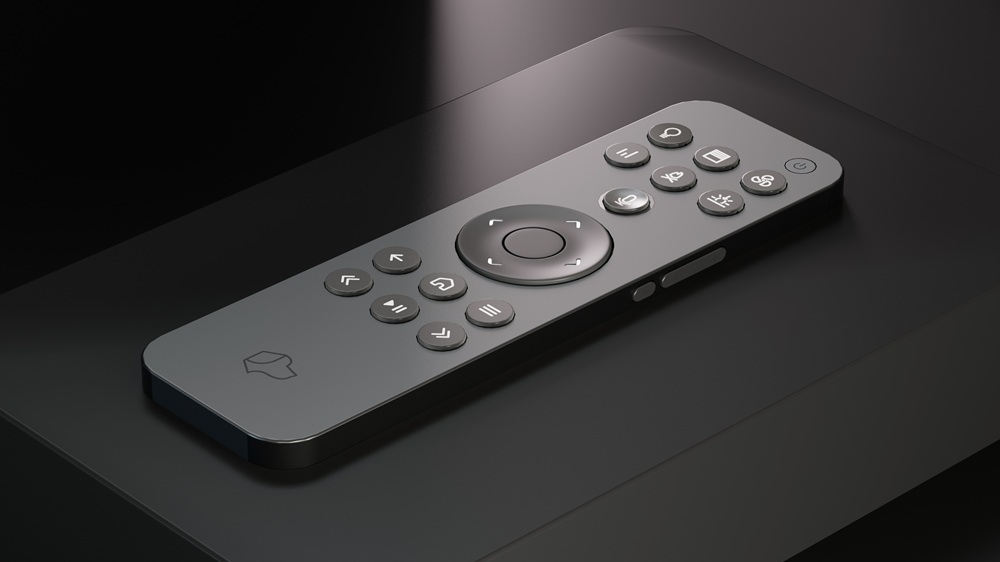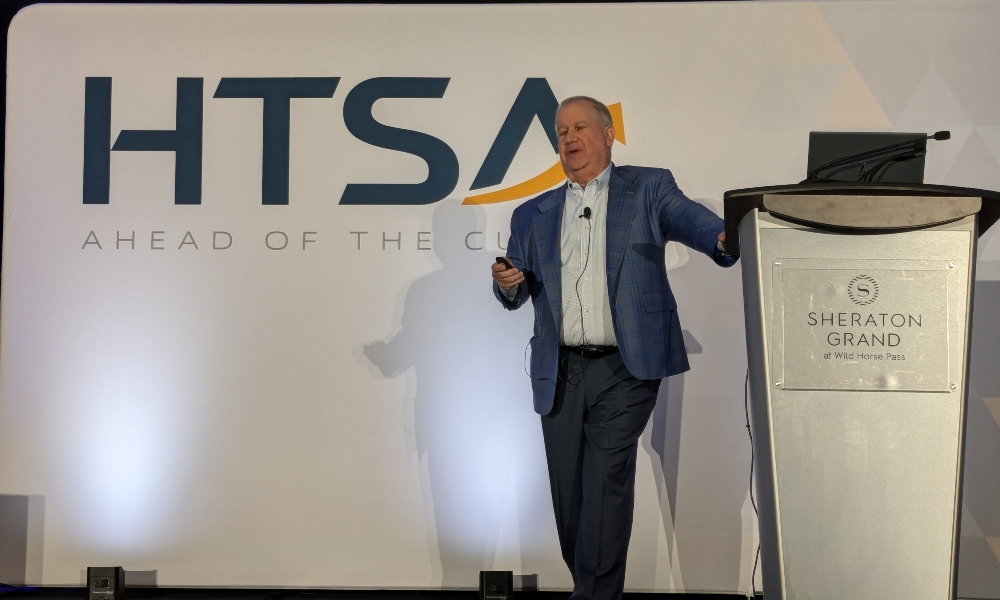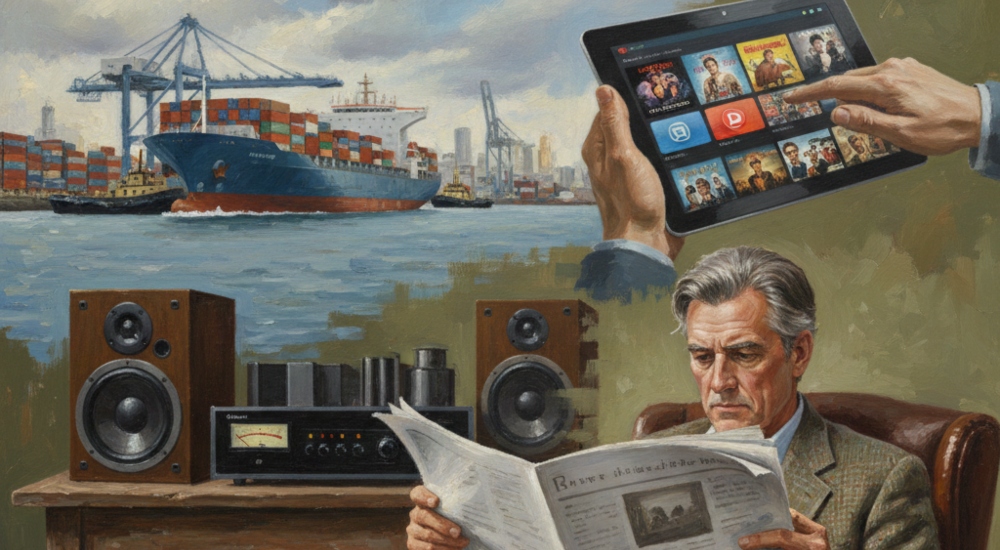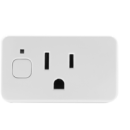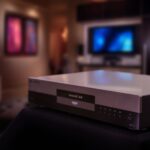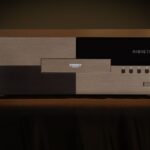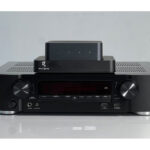The Latest
Filter by Topic
Filter by Type
‘How We Home’ Explores Current State of Smart Home Adoption Among Homeowners
A state of the smart home industry at the consumer level: Vivint’s report outlines the shifting expectations of…
News January 1Josh.ai Ships Josh Edge Handheld Remote After Dealer-Led Development Process
Josh.ai begins shipping Josh Edge, a handheld remote shaped by dealer feedback that combines tactile buttons with AI-driven…
News December 31The Year in Playback: CE Pro’s 2025 Review of the Custom Integration Industry
CE Pro delivers its full recap on the custom integration industry in 2025, from year end reflections to…
Uncategorized December 31LG to Debut its own Frame-style TV at CES 2026
LG's new Gallery TV marks the company's first true entry into the art TV market long dominated by…
News December 30Apex’s Ryan Donaher: Reliability Took Center Stage in 2025 as Homeowners Reset Expectations
Apex Technologies US owner Ryan Donaher on how reliability, cinema growth, and power infrastructure defined 2025.
News December 30HTSA’s Jon Robbins on Relationship Science, AI Adoption and Integrator Value
From video wall demand to relationship science, Robbins outlines what mattered most for integrators in 2025.
News December 30CE Pro Editors Reflect on 2025: A Year Defined by Design, Security and the Push for Reliability
CE Pro recaps a year marked by shifting expectations, design-led systems, stronger security habits and steady gains in…
News December 30The Top AV and Smart Home News Stories of 2025
CE Pro looks back at the news and announcements that helped define the custom integration industry in 2025.
News December 29D-Tools’ Tim Bigoness on Data, Demand and a More Mature Integration Market in 2025
D-Tools' Bigoness shares how data, evolving workflows, and a focus on labor value shaped the integration channel in…
News December 26
